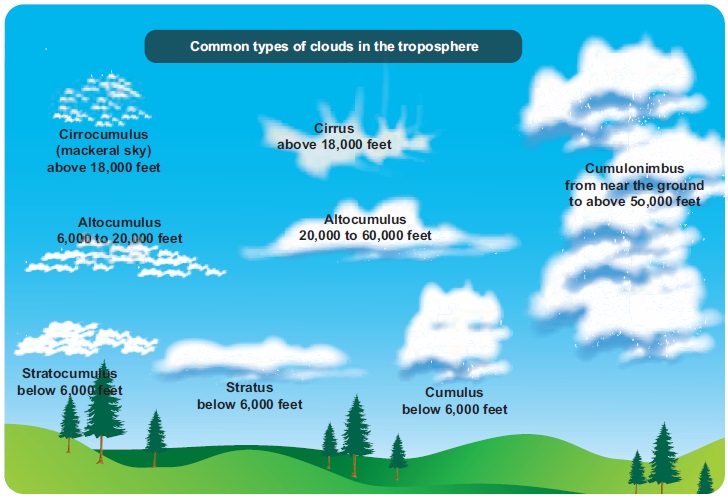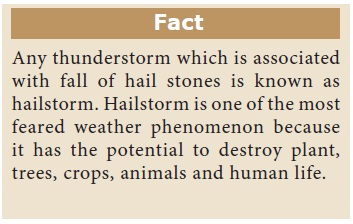Atmosphere - Precipitation | 9th Social Science : Geography : Atmosphere
Chapter: 9th Social Science : Geography : Atmosphere
Precipitation
Precipitation
Falling down of condensed water vapour in different
forms is called Precipitation. When the dew point is reached in the cloud water
droplets become saturated and start to fall. Hence, they fall on the earth as
Precipitation.
The climatic conditions/ factors influencing the
forms of precipitation mainly are:
·
Temperature.
·
Altitude
·
Cloud type.
·
Atmospheric conditions.
·
Precipitation process.
The main forms of precipitation include drizzle, rain, sleet, snow, hail etc.
Drizzle
Falling of numerous uniform minute droplets of
water with diameter of less than 0.5 is called a drizzle.mm from low clouds.
Sometimes drizzles are combined with fog and hence reduce visibility.
Rain
Rain is the most widespread and important form of precipitation in places having temperature above the freezing point. It occurs only when there is abundant moisture in the air. The diameter of a rain drop is more than 5mm.

Sleet
Sleet refers to a precipitation, in the form of
pellets made up of transparent and translucent ice. This precipitation is a
mixture of snow and rain
Snow
Snow is formed when condensation occurs below
freezing point. It is the precipitation of opaque and semi opaque ice crystals.
When these ice crystals collide and stick together, it becomes snowflakes.
Hails
Hails are
chunks of
ice (greater than 2cm in diameter)
falling from the sky, during a rainstorm or thunderstorm.
Hailstones
are a
form of solid precipitation where
small pieces of ice fall downwards. These are destructive and dreaded forms of
solid precipitation because they destroy agricultural crops and human lives.

Related Topics